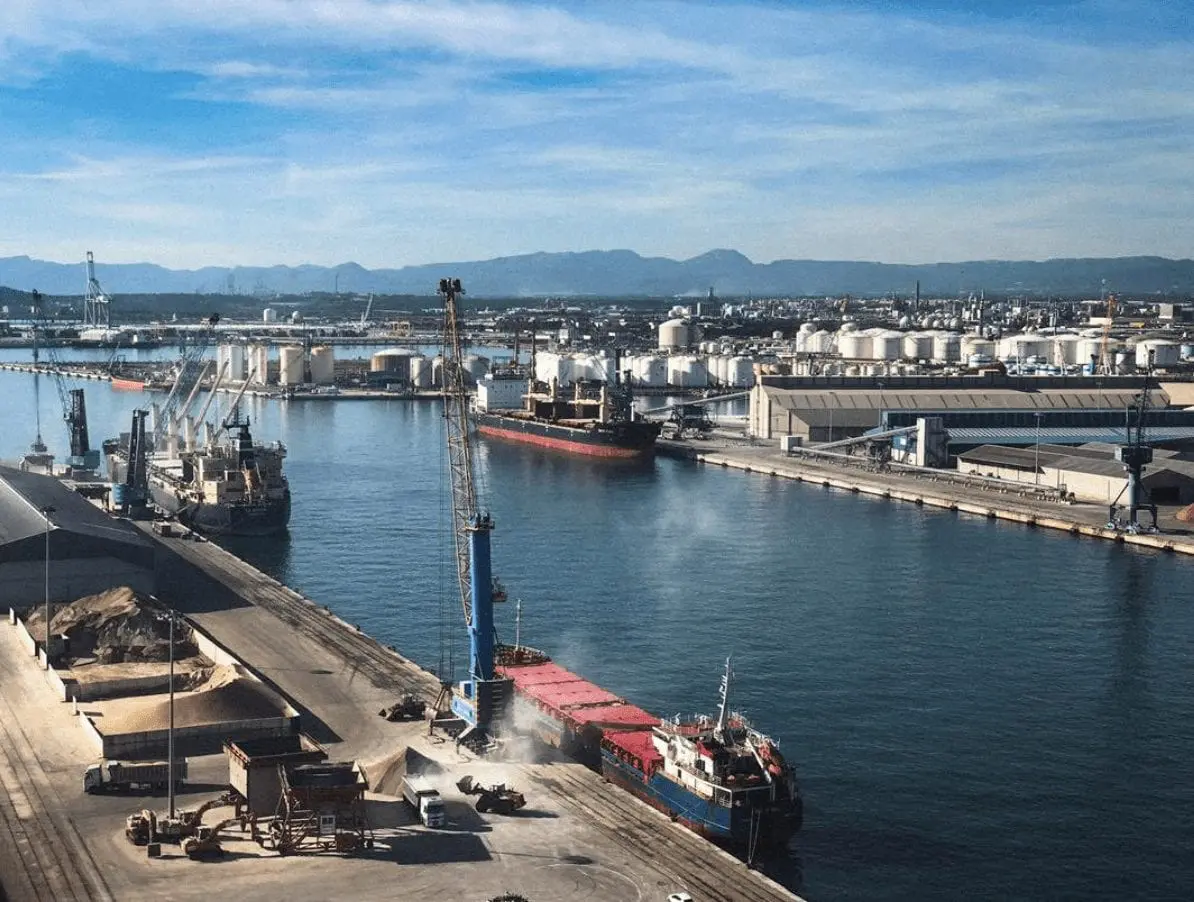According to the U.S. Department of Agriculture (USDA), “Ports in the United States and around the world have tightened their oversight and started enforcing the International Maritime Organization (IMO) 2020 low-sulfur fuel regulation as of March 1. The regulation lowered the maximum allowed sulfur content of fuel from 3.5 percent to 0.5 percent and officially took effect January 1. However, ships were given a grace period while the industry transitioned. As of March 1, any ships burning or merely storing high-sulfur, noncompliant fuel may be detained and penalized. Penalties may include a “Notice of Violation” by the Coast Guard and fines between $2,000 to $10,000. In addition, the U.S. Environmental Protection Agency may assess civil penalties of over $75,000 per violation per day, according to American Shipper.”
Compliance will require retrofitting that may not be cost-effective for aging vessels or vessels the wrong size. For example, if the lane can handle capsize vessels that hold more than panama vessels, the capsize vessels will be retrofitted while the cost effectiveness of retrofitting the panama vessels is analyzed. However, the price differentials between low sulfur and high sulfur fuels may be too high to make the option less cost-effective to operate older vessels. Others may be taken out temporarily for retrofitting with scrubbers, which usually take between 1 to 3 months to install, temporarily reducing vessel supply capacity.
Bottom line, any potential increase in fuel production will be offset by the huge decline in crude oil price that has occurred as a result of Saudi Arabia and Russia not coming to a production agreement. According to USNEWS, “Saudi Arabia’s state-run oil giant Saudi Aramco said it would increase its crude oil production to 12.3 million barrels a day in April, a record amount. The move seemed to make good on the country’s promise to increase output after Russia refused to cooperate on cutting production. That led to a 25% plunge in the price of crude, the sharpest decline seen since the 1991 Gulf War.” Russia might also increase output.[1]

For the U.S. soybean farmer, the prospects of lower barge freight rates and lower ocean freight rates should help keep soybean basis in the Corn Belt higher than normal. In addition, lower fuel and energy cost will lower input costs and add valuable profit margin to farming operations.
[1] https://www.usnews.com/news/business/articles/2020-03-10/saudi-arabia-increase-oil-output-to-record-high
